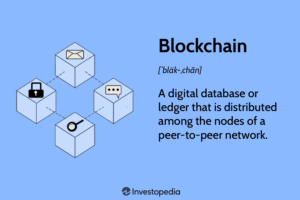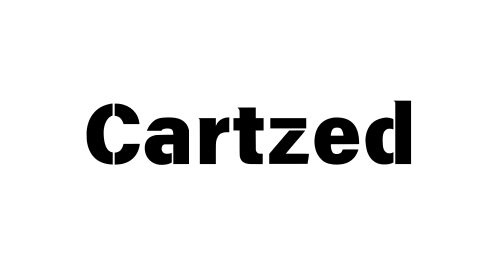Blockchain Explained: What You Need to Know in 2024
Blockchain technology is rapidly transforming industries, from finance to healthcare, and is set to shape the future of digital transactions. As we move into 2024, understanding blockchain’s core concepts—decentralization, security, and transparency—is crucial. Blockchain operates as a distributed ledger, where data is stored across multiple computers, ensuring that it cannot be altered or tampered with. This unique feature makes it ideal for secure transactions, digital currencies like Bitcoin, and smart contracts. In this article, we’ll break down the essential aspects of blockchain, how it works, its real-world applications, and what you need to know to stay ahead in the evolving digital landscape.

- Understand the Basics of Blockchain
Tip: Start by grasping the foundational concepts of blockchain, such as decentralization, distributed ledgers, and cryptographic security. Blockchain is essentially a digital ledger of transactions that is maintained by a network of computers (nodes) and cannot be altered once recorded, ensuring trust and security.
Trick: Think of blockchain as a public digital ledger, like a spreadsheet, where all changes are tracked and visible to everyone involved, ensuring transparency. - Decentralization is Key
Tip: Blockchain removes the need for a central authority, like a bank or government, to validate transactions. This decentralization makes it more secure and resistant to fraud. Each participant in the blockchain network (node) validates and records transactions.
Trick: To better understand decentralization, think of it like a peer-to-peer network where all users have an equal say, making the system more democratic and secure. - Explore Blockchain’s Use in Cryptocurrencies
Tip: Cryptocurrencies like Bitcoin and Ethereum rely on blockchain technology for secure, transparent, and decentralized transactions. Blockchain ensures that each transaction is recorded accurately and cannot be tampered with.
Trick: When using cryptocurrency, remember that blockchain is the backbone ensuring that digital money is traceable, secure, and free from third-party interference. - Know About Smart Contracts
Tip: Smart contracts are self-executing contracts with the terms directly written into code. They automatically execute when predefined conditions are met, reducing the need for intermediaries.
Trick: Think of smart contracts like vending machines: once you fulfill the condition (insert money), the machine automatically delivers the product (contract fulfillment). - Blockchain in Supply Chain and Logistics
Tip: Blockchain can enhance transparency in supply chains by providing a secure and immutable record of every step a product takes from origin to destination. This allows businesses to trace and verify every product’s journey.
Trick: Imagine being able to track every step of your package’s journey in real-time from the manufacturer to your doorstep, with full transparency and security. - Security and Immutability of Blockchain
Tip: The security of blockchain lies in its ability to create unchangeable records. Once data is entered, it becomes part of a “block” in the chain and cannot be altered without the consensus of the entire network.
Trick: Think of blockchain as a series of unerasable pages in a digital ledger book. Once information is written, it’s permanent, making it nearly impossible for hackers to alter. - Blockchain in Healthcare
Tip: Blockchain can improve healthcare by securely storing patient records and ensuring they are only accessed by authorized individuals. This enhances privacy and reduces the risk of data breaches.
Trick: Imagine being able to control who has access to your medical records, ensuring privacy and security through blockchain technology. - Blockchain and Voting Systems
Tip: Blockchain can make voting systems more secure by providing an immutable record of votes that cannot be tampered with or altered. This ensures election integrity and transparency.
Trick: Visualize blockchain as a digital ballot box where each vote is securely recorded and cannot be changed, ensuring a fair and transparent election. - Scalability Challenges
Tip: One of the current challenges of blockchain is scalability. As more transactions are added, the blockchain can become slower and more expensive to operate.
Trick: Think of blockchain as a highway: the more cars (transactions) on it, the slower it becomes. Blockchain is actively evolving with solutions like sharding and layer-2 protocols to improve scalability. - Future of Blockchain
Tip: As blockchain technology evolves, its applications will extend beyond cryptocurrencies to industries like finance, real estate, entertainment, and more. Stay updated on emerging trends such as blockchain interoperability and decentralized finance (DeFi).
Trick: Keep an eye on upcoming innovations, as blockchain could reshape industries by making processes faster, more transparent, and more efficient. Look for new blockchain platforms and projects that focus on improving scalability and accessibility.




